Sometimes you see the most amazing things when you’re paying
attention. A Ballard birder I know saw
five orca whales (with a baby!) swim past the beach at Seattle’s Golden Gardens
Park a few weeks ago. Never been that
lucky.
But here in the Pacific Northwest, our forests and many
patches of earth even in cities are teeming with ubiquitous, otherworldly, and
ever variable fungi. We have thousands of varieties here lurking in dark
corners, under leaves, on decaying downed trees, and sometimes in your front
lawn. They especially love our damp climate here west of the Cascade Mountains.
Last weekend on my weekly hike through the forest trails in
Carkeek Park in north Seattle, my niece and I ended up on a quest to shoot
mushrooms—with cameras.
“Wow, look at that!” exclaimed my niece, pointing out a
florid-looking fungus growing on a log beside the trail. But this was like a
Halloween version of a floral display, dark gray with rusty-orange “buds” and
weird fang-like spikes on their underside.
Now I’m the first to admit I don’t go hunting for
chanterelles, morels, or other wild edible mushrooms, although I enjoy eating
them. I leave foraging to the pros. And I’m not a true naturalist. I don’t know what the names are of these
fungi. But once we got started looking, it was like an organic scavenger hunt,
a challenge to see as many as we could.
Moss-covered, decomposing downed logs were the best spots. And
there the mushrooms were, gray and smooth, dark brown and in clumps, small and delicate,
mossy green, biomorphic, with DNA somewhere between human and plant.
We didn’t touch any because, well, you never know. Some are
highly toxic, with names like Death Cap.
When I was a kid, a group in Portland cooked dinner with some wild
mushrooms they harvested. Four died that night and two needed liver
transplants.
So instead we looked, found, and shot.
Can you name any of these?
When You Go
The Puget Sound Mycological Society has regular events and
foraging trips led by experts. In the Portland area, check out the Oregon Mycological Society for similiar educational events and outings. If you want to explore further online, check out the Pacific Northwest Fungi Database out of Washington State University.


















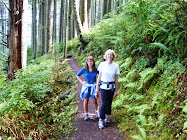

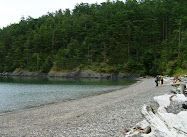
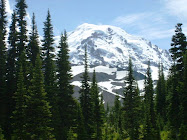


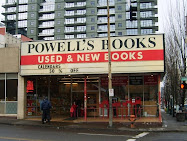
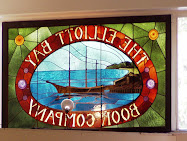
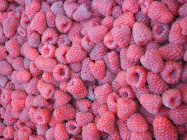
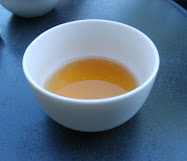
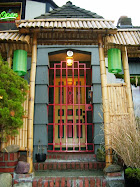


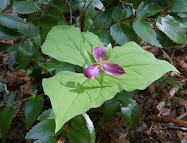

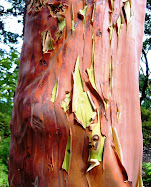

3 comments:
Fun!
Fungus is so cool! It is like art almost :)
Fungus is awesome!
Post a Comment